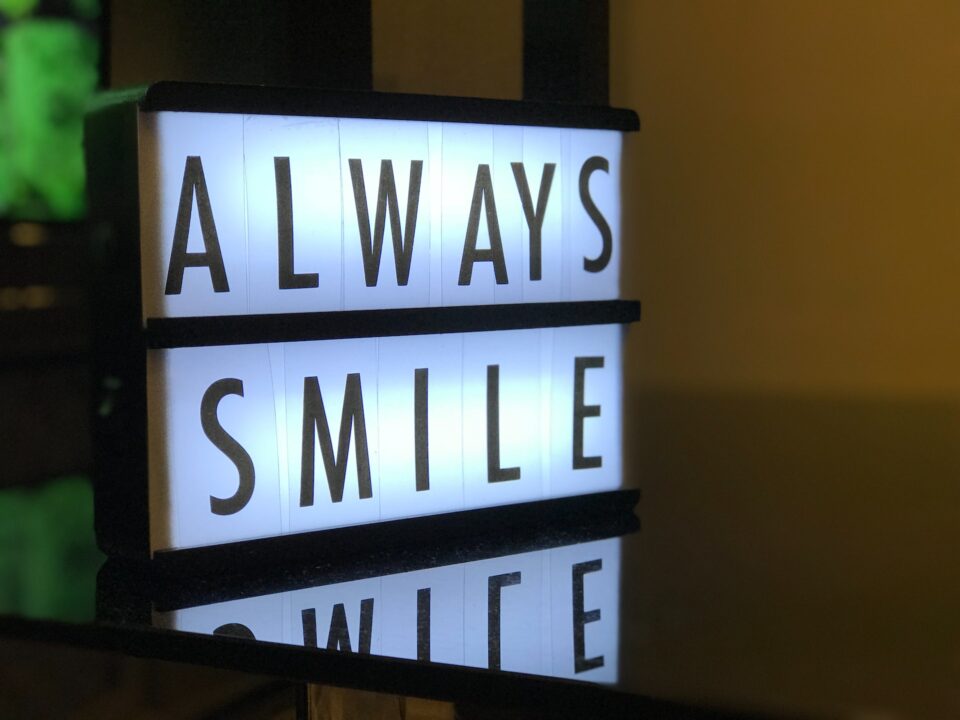
Part 2: Resilience – putting your resilience into bootcamp
June 28, 2021
Is work/life blend the better aspiration?
August 26, 2021The new normal – it’s a phrase everyone is using but the interesting thing for me is that as we do look forward, it’s likely that nothing is going to feel normal for quite a while yet.
Much of what we get stability from in our daily routines has changed or shifted. For the last 18-months, many people have no longer needed to commute to work, or do the tea-round for more than just yourself. Smalltalk has been limited to the few minutes on a video call before a meeting starts and it’s ok to wear your joggers all day as you simply don’t see anyone.
We’ve successfully broken the habit of being an office-based employee and with it, are reaping the rewards of a more flexible, agile approach to work. For many, there is more balance in the day, more control over how time is spent and more time to do the things that make you happy.
But what does it mean when we have to start returning to the office?
Firstly, it’s important to recognise that it’s ok to have a reaction to being asked to work back in the office. For some, this could be the best news we’ve had recently, with excitement, relief and eagerness all amongst the feelings they’re experiencing.
For others though, feelings such as nervousness, trepidation and even fear may be more dominant, with heightened anxiety causing both physical and mental symptoms.
What’s important to hold on to is that these are your feelings, based on your experience of the pandemic period, and that should be respected. If your feelings towards returning to work are causing you concern then the first port of call should be a meeting with your line manager as they should be in a position to work with you, at your pace, to facilitate a return to the workplace.
There are also steps you can take to ready yourself for the change of pace working away from home will bring.
Re-establish the working day – if your office-based hours will be different to a home-based day, try gradually shifting your working pattern so that it better aligns with what a typical day will look like when you’re back in the office
Practice conversation – if you feel like you’ve forgotten how to socialise, then practice! Put some one-to-one conversations in with people in your team or with those who give you energy. You can make it work-related, but you’d be surprised how many people will be genuinely happy to have chat with no specific agenda or outcome if you tell them it’s just a catch-up.
Think about your own boundaries – by taking time to think about how you feel about instances you can foresee, such as being expected to shake someone’s hand or go on the coffee run, you can plan your response. It’s ok to for people to ease back into work at different paces and knowing how you want to deal with certain situations means you will feel in greater control.
Get dressed up – if you spend your days in casual clothes that feel a million miles away from the attire you used to wear at work, start adjusting your routine to allow for you not just changing up your physical attire, but also your mental attitude to making the extra effort every day with your appearance.
The interesting thing about the change we’ve seen – everyone in an office to everyone at home (a huge generalisation, I know) – is that we’ve shown just what is possible when we remove barriers. So, if you’re worrying about getting back to your workplace, the best thing you can do is trust that your employer understands that change has happened and that you can talk to them about how your personal transition takes place.
Cube Learning & Development delivers bespoke personal coaching programmes to help you take control of your own mindset. For a no-obligation chat about this and our other training, call Chris Burton on 07879 602002.




